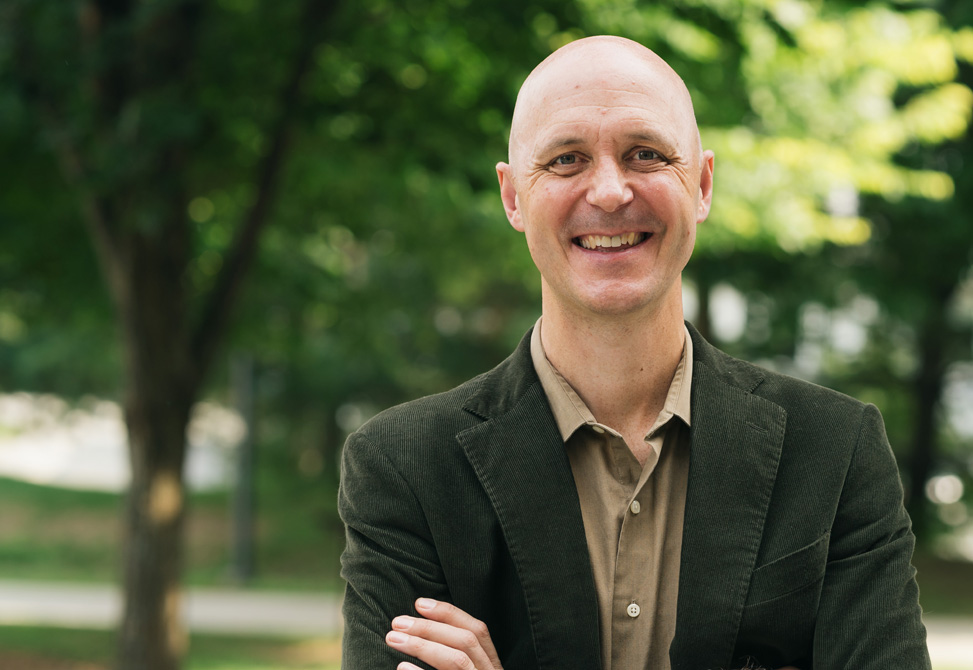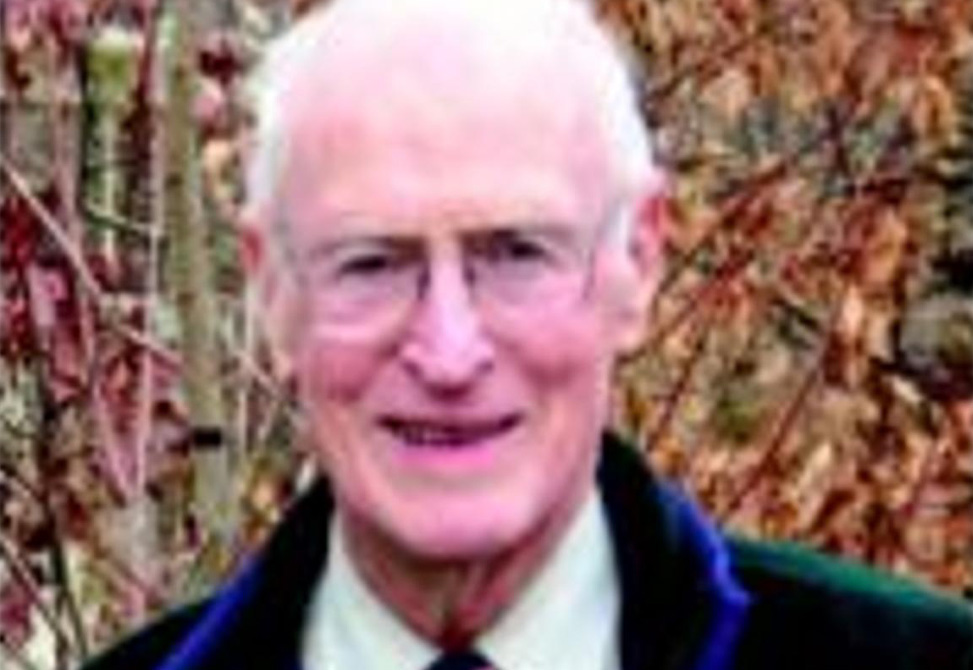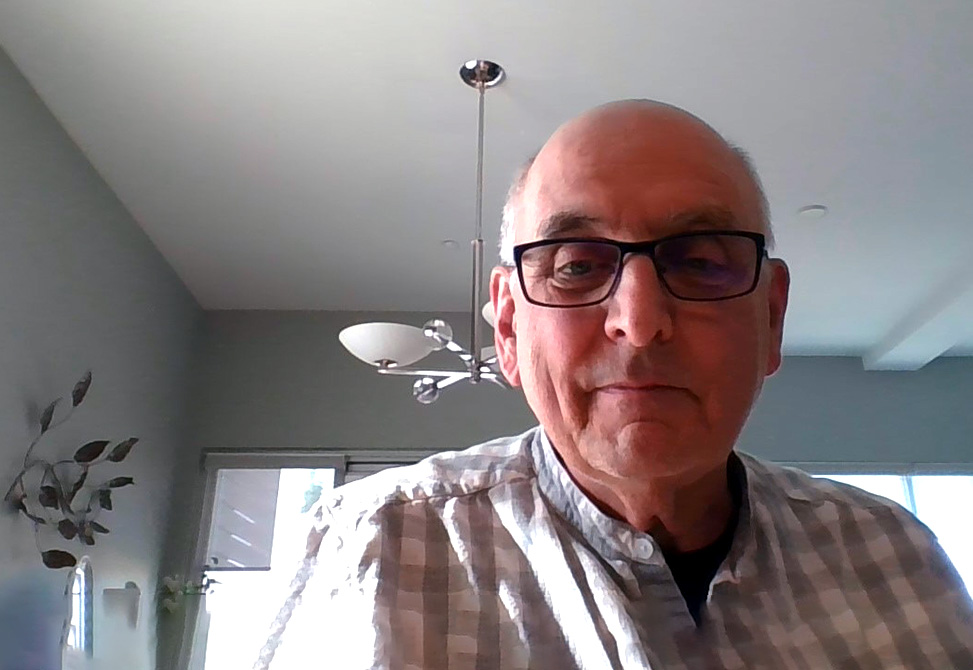Mucha Receives Award
Mucha Receives Award

The Office of Postdoctoral Affairs at the University of North Carolina at Chapel Hill, is pleased to announce that Peter Mucha, Ph.D., Bowman and Gordon Gray Professor of Mathematics, was one of the recipients of the Inaugural Outstanding Postdoc Mentor Award. The award recognizes a faculty member or advisor who has engaged in exceptional mentoring of postdoctoral scholars as evidenced by the following:
Has advocated for postdoctoral scholars.
Has been accessible and provided open lines of communication to postdoctoral scholars.
Has created a supportive environment for research; has shown respect for the postdoctoral scholars’ goals, and assisted them in fulfilling those goals.
Has provided guidance in research career and assisting the postdoctoral scholars in building a professional network through generous sharing of contacts.
Has demonstrated a sustained commitment to creating a productive working environment that enhances the overall postdoctoral experience.
The recipients were welcomed to attend the National Postdoctoral Appreciation Week luncheon on Friday, September 23, 2016 at noon, in the lobby of the FedEx Global Education Center. Each recipient will be presented with a plaque in recognition of being selected as an outstanding mentor during our Annual Postdoctoral Awards for Research Excellence in November. Congratulations!
J. Burton Linker In Memoriam
J. Burton Linker In Memoriam

Joe Burton Linker Jr, 92, born in Durham NC, raised in Chapel Hill NC, passed away on 7/21/2016. He was a resident of Carol Woods Retirement Community to which he came after having been away from Chapel Hill for 47 years.
Joe was the son of math Professor Dr. Joe Burton Linker and Ione Markham Linker. In 1944 he graduated from UNC-CH with a BS in Physics, and was then immediately commissioned as Ensign USNR. He received technical radar training at Harvard and MIT, and was assigned Pacific Ocean sea duty as radar officer on a naval cruiser as World War II came to an end.
Returning to graduate school after active duty he was an Instructor in UNC’s Department of Mathematics, while simultaneoulsy taking graduate physics courses, pending entering NC State Engineering School. In 1949 he completed his MS in Electrical Engineering and began his technical career at General Electric’s Electronics Laboratory in Syracuse NY.
Joe was honored to be made of member of Eta Kappa Nu, a member of Sigma Xi, and later, a Senior Member of IEEE. He was soon licensed as a professional Engineer in New York, and was a graduate of General Electric’s high recognized 3-year graduate Advanced Engineering “ABC” Course.
Jones New Kruskal Lecturer
Jones New Kruskal Lecturer

Congratulations to Professor Chris Jones for being selected as the Martin Kruskal Lecturer for 2016. The SIAM Activity Group on Nonlinear Waves and Coherent Structures, SIAG/NWCS, awards this prize for a notable body of mathematics and contributions in the field of nonlinear waves and coherent structures. The prize honors Martin David Kruskal for his fundamental contributions in many areas of mathematics and science, including his single most celebrated contribution, the discovery and theory of solitons.
The members of the selection committee were Mariana Haragus, Chair, Alejandro Aceves, Peter Miller, and Robert Pego. They wish to recognize you for your “outstanding contributions to the stability analysis of traveling waves and seminal work on geometric singular perturbation theory and spectral theory.” Their citation continues: “As an inspiring mentor of young researchers, he has made a mark in the applied mathematics community.” The prize will be awarded at the 2016 SIAM Conference on Nonlinear Waves and Coherent Structures, NW16, to be held August 8-11, 2016, in Philadelphia, Pennsylvania. As part of the award, he is invited to present a plenary lecture, the Martin Kruskal Lecture, at NW16.
